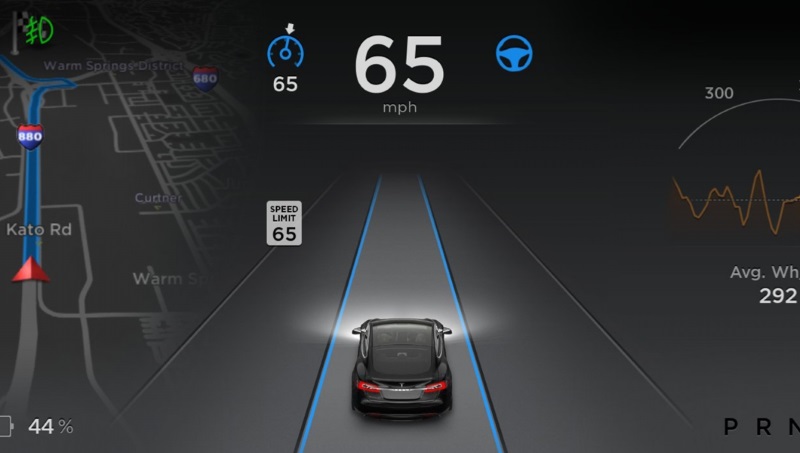

That’s probably an understatement, because the applications go well beyond self-driving cars. NASA Octocopter drone carrying a Lidar sensor. 4 The industry has swept up cartographers, GIS specialists, roboticists, and engineers and technicians of all kinds, entangling them in what one observer calls “a billion dollar war over maps.” 5 3 And there are hundreds of players, large and small.
Foresight autonomous tesla plus#
2 Google’s parent company Alphabet is positioning itself to lead that economy, with synergies among Waymo (self-driving cars), Waze (navigation), Sidewalk Labs (urban tech), and Google Maps, plus search and advertising (and maybe law enforcement and private security, too!).

Analysts predict that by 2050 self-driving cars will save 59,000 lives and 250 million commuting hours annually and support a new “passenger economy” worth $7 trillion USD. According to hype, autonomous vehicles will ease congestion, shorten commutes, reduce fuel consumption, slow global warming, enhance accessibility, liberate parking spaces for better uses, and improve public health and social equity. Now, finally, these technologies are reaching their apotheosis, converging in - sound of balloon deflating - the self-driving car! We need to ask critical questions about how machines conceptualize and operationalize space? How do they render our world measurable, navigable, usable, conservable? Revolutions in machine sensing have transformed fields like medicine and engineering and creative production, several times over. Early cathode ray studies by Wilhelm Röntgen, Nikola Tesla, and Thomas Edison led to the development of x-ray photography, which enabled radiologists to see broken bones, art historians to read the layers of an oil painting, and physicists to study crystalline structures.
Foresight autonomous tesla how to#
Taking cues from dolphins and bats and Leonardo da Vinci’s early echolocation experiments, naval scientists in the early 20th century learned how to detect mines and submarines with sonar. Building on thousands of years of research in physics, war, and natural history, doctors in the 1940s began using ultrasound to scan human and animal bodies. We now take it for granted that our machines can sense almost any space in the world, from deep sea trenches to the chambers of the human heart.


 0 kommentar(er)
0 kommentar(er)
